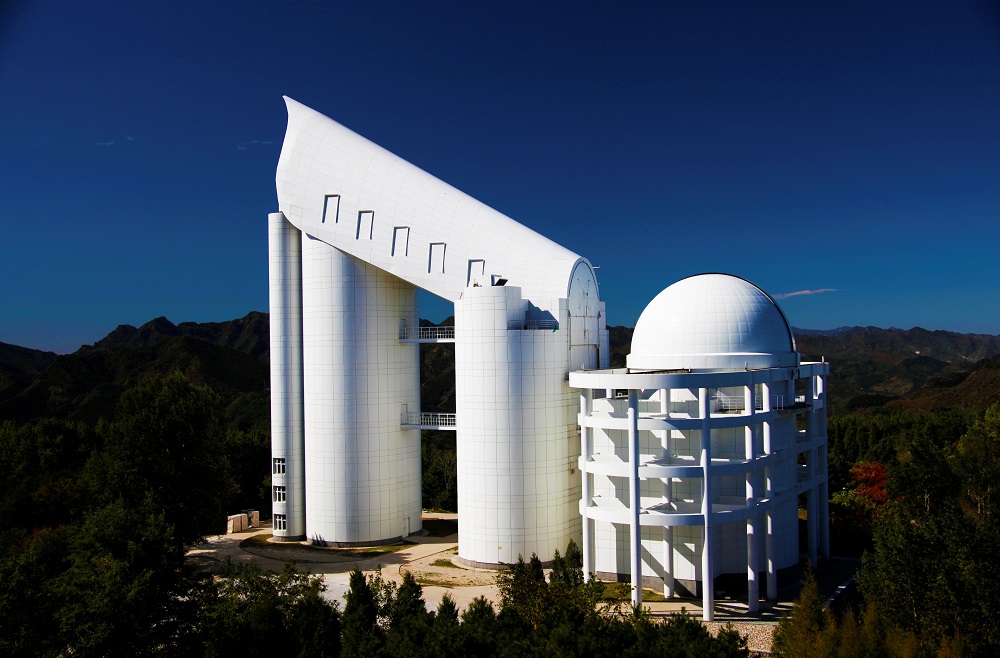SUPERFLARE
Every now and then large Sun storms strike the Earth where they cause auroras and, in rare cases, also perturbations in communication, navigation, power supply or other technology based applications . These events are, however, nothing compared to the apocalyptic destructions we would experience if the Earth is struck by a superflare, as observed in other stars.
An international research team led by Christoffer Karoff from Aarhus University, Denmark, and including Peter De Cat of the ROB, has now shown in an article in Nature Communications that this scenario is unlikely, but not totally excluded for stars as our Sun.
More information: http://scitech.au.dk/aktuelt/deadly-stars/
And in the article: http://www.nature.com/ncomms/2016/160324/ncomms11058/full/ncomms11058.html
Illustration: The Gou Shou Jing telescope, which is the largest telescope in China, is located in the northeast part of Chine. The telescope is also called the Large sky Area Multi-Object fibre Spectroscopic Telescope or LAMOST and was used for this study to observe stars with flares and superflares.
(Photo: LAMOST)

